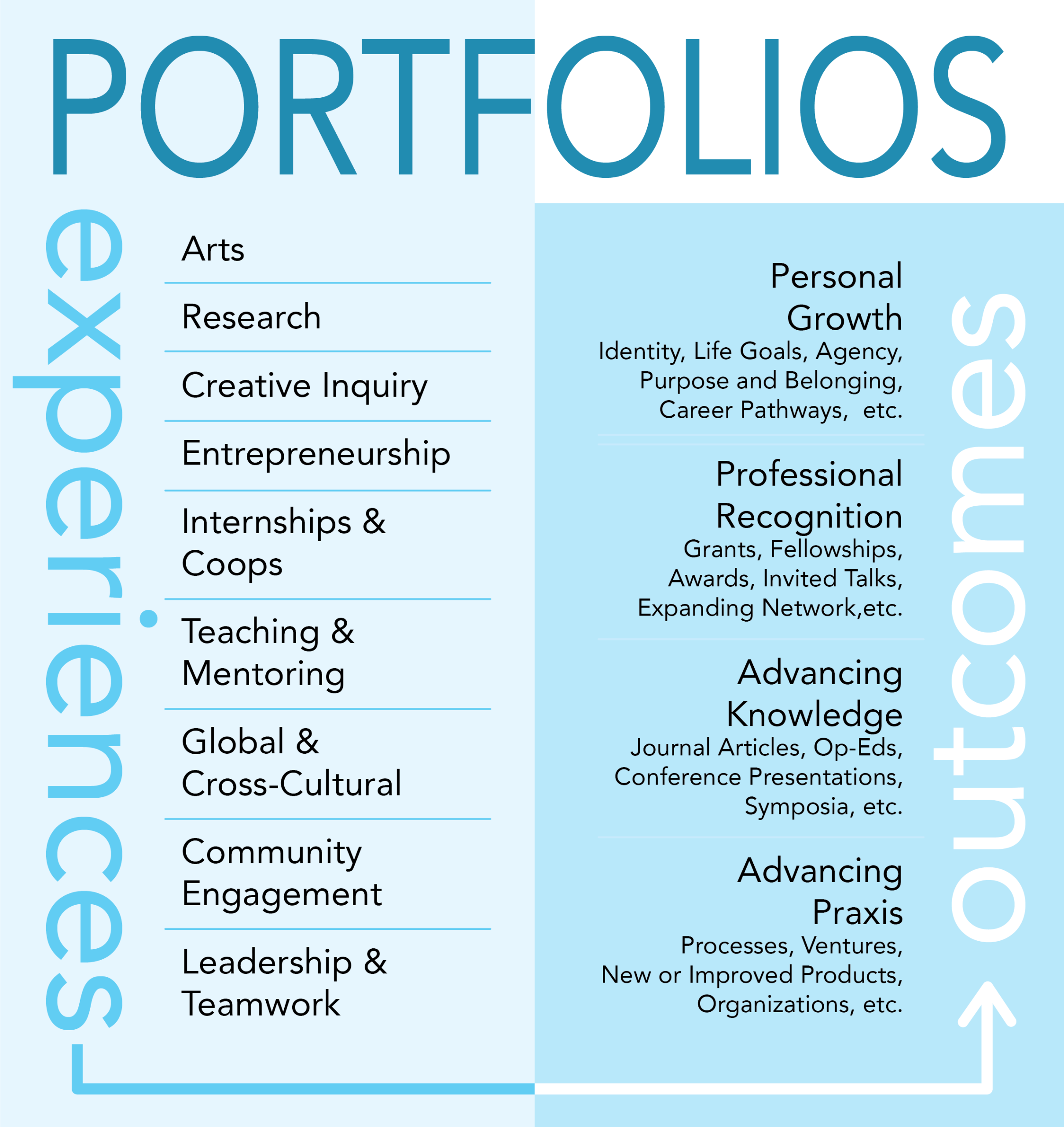A portfolio is more than just a collection of schoolwork—it’s a versatile tool that combines assessment, recordkeeping, and storytelling to reflect a child’s learning journey over the course of a year. For homeschooling families, portfolios can serve many roles: meeting state requirements, supporting special-needs education, helping with college applications, or simply preserving memories of educational growth.
What Is a Portfolio?
- Definition: A portfolio is a curated compilation of student work (samples, projects, assessments, etc.) from a school year, selected to show progress and achievement rather than just quantity. HSLDA
- Legal / Assessment Context: In many U.S. states, portfolios are an accepted or even required option for year‐end assessment. In some cases, the portfolio is submitted directly to the local school district; in others, an external evaluator reviews the portfolio. HSLDA
- Personal / Enrichment Context: Even where portfolios are not legally required, they can be extremely valuable for tracking growth, memories, student self‐reflection, or application to higher education. HSLDA
Why Use a Portfolio?
Here are several major benefits:
- Documentation & Accountability
Keeping a portfolio helps you (and any overseeing authority) see concretely what work has been done. It shows how the student has grown over time. Especially helpful for legal compliance in states with homeschool oversight. HSLDA
- Holistic Assessment
Instead of one test or rigid measurement, portfolios allow you to see learning in many forms: writing, tests, experiments, art, projects, etc. For students with learning differences or special needs, this variety gives a fuller picture. HSLDA
- Reflection & Student Ownership
When students participate in assembling their portfolio, they reflect on what they’ve done, which helps build self‐awareness and pride. They can see their progress, identify strengths/weaknesses, and learn how to present their work.
- College / Application Use
Portfolios are useful for transcripts, college applications, scholarship work, or any situation where you need to demonstrate learning outcomes. A carefully constructed portfolio can speak louder (and more richly) than grades alone.
- Memory Keeping / Motivation
It’s also a way to preserve important projects, photos, creative work, and milestones. These can be meaningful to the family, and motivating to the student to see how far they’ve come.
What to Include in a Portfolio
You don’t need everything. The idea is to pick samples that best represent growth and achievement.
Here are suggested categories and sample items:
Category | What to Include | Why It Helps |
Core Academic Samples | Math tests/quizzes, writing assignments or essays, science lab reports, history papers/projects | Show academic growth and competency |
Goals & Curriculum Planning | Academic goal sheet, scope & sequence or syllabus for classes, reading lists | Clarity about what was planned vs. what was achieved |
Standardized Assessments / Reports | Scores from tests if used, report cards, any state documentation required | Needed for compliance, or for external validation |
Extracurricular & Enrichment | Logs of field trips, activities, volunteer work, job shadowing, clubs or sports | Shows well‐rounded development and experiences beyond academics |
Creative / Bonus Work | Artwork, creative writing, science experiment photos/process, performances, awards or certificates | Adds life, personality, and depth; helps tell a fuller story |
Special Items (for special needs, very young learners, etc.) | Early childhood skill checklists, frequent formative work, speech or OT / PT reports, developmental milestones | Helps show growth in areas not captured by standard tests |
Physical vs. Digital Portfolios
Each has pros and cons; many families use a hybrid approach.
Feature | Physical Portfolio | Digital Portfolio |
Tangible artifacts | Excellent for showing hands‐on work, art, crafts, three‐dimensional items | Can scan or photograph physical artifacts; may lose some texture/tactile sense |
Ease of sharing / storage | Bulky; physical storage required; sharing means making copies or transporting | Easily shared by email or cloud; smaller storage footprint; includes multimedia (videos, audio) |
Flexibility / editing | May require re‐organizing binders or files; moving things around physically | Easy to reorganize; add or remove content, embed links, multimedia; automatically backed up if using cloud storage |
Durability over time | Physical mediums can degrade; ink fades; papers tear | Digital files can be lost if not backed up; formats may become obsolete—so plan for format migration |
How to Build the Portfolio: Practical Steps
Here’s a proposed workflow to make the process manageable and effective:
- Plan Early
At the start of the year, identify what learning goals, subjects, and experiences you want to document.
Decide whether the portfolio will serve only for your own record, for a state requirement, or for future applications.
- Set Collection Intervals
Regular intervals (monthly, quarterly, or per subject) to collect work and review what should go into the portfolio.
Keep a schedule to remind you when to archive materials.
- Select Representative Samples
Choose work that shows progress, not just the best.
Include early sample(s), mid‐year, and late‐year for comparison. This shows growth.
Be strategic; quality and variety > sheer volume.
- Organize Thoughtfully
By subject, by time period (chronologically), or both.
Use dividers, folders, or digital sections to keep things clear.
Include explanatory notes when needed: the context of a project, what the student struggled with, what was especially successful.
- Include Reflection
Have the student (and/or parent) write short reflections on each piece: what they learned, what was hard, what they would do differently.
This helps with metacognition and gives evaluators insight into the learning process.
- Maintain / Preserve Originals
If submitting copies, keep originals for your own records.
For digital: make backups; for physical: protect from damage (use sleeves, keep in a dry place).
- Review & Present
Towards the end of the year, review the whole collection. Choose final layout / structure.
If required, prepare any accompanying documentation (goal sheets, test results, scope & sequence) to go with the portfolio.
Common Questions & Challenges
“Do I have to include everything my child did all year?”
No. The goal is to pick what best illustrates learning and progress. Too much can dilute the impact and become overwhelming. Quality over quantity.
“What if my child struggles in a subject?”
Include some of that work. If early work shows confusion and later work shows improvement, that actually strengthens the portfolio. Explanatory notes or reflections help contextualize.
“Will a digital portfolio be accepted by the school or evaluator?”
That depends. Always check your state or evaluation requirements. Some may have specific format or submission rules (e.g., signed physical copies, particular documentation). Make sure your digital portfolio satisfies those.
“How to preserve digital work over many years?”
Use common file formats, backup in multiple places (cloud, external disk), consider exporting content in standard formats like PDF, or printing critical parts. Be mindful of file decay or obsolescence.
Example: What a Sample Portfolio Might Look Like
Here is a sketch of what a sample portfolio structure could be (you can adapt what fits best):
Cover / Introduction
- Student name, grade/year, school year dates
- Academic goals set at the start of the year
- Curriculum overview / scope & sequence
Core Academics
- Mathematics
– Early, mid, late year work samples (tests, problem sets)
– Reflective note: areas of progress, ongoing challenges
- Language Arts / Writing
– Writing samples (story, essay, journal entries)
– Spelling/vocabulary assessments
– Reading log
- Science
– Lab reports / projects
– Field trip photos / observations
- History/Social Studies
– Papers/reports or group projects
– Projects/maps/timelines
Enrichment & Extracurricular
- Arts / Music / Drama
- Field trips, travel, experiences
- Clubs, sports, volunteer or work experiences
Achievements & Milestones
- Awards, certificates
- Special recognition
- Showcase projects: a big exhibit, science fair, or other capstone
Reflection & Summary
- Student reflection: what was learned, favorite parts, hardest parts
- Parent/teacher reflection: observed growth, what to plan for next year
Appendices (if needed)
- Standardized test scores (if applicable)
- State or legal compliance paperwork
- Additional optional work samples
Tailoring Portfolios to Particular Needs
Some families will have special considerations; here are a few ways to adapt:
- Very Young Learners (Preschool – Early Elementary):
Focus more on developmental milestones, play‐based learning, oral work, early writing/drawing. Use photos, observations, and samples of very simple work. Frequency of formal assignments will likely be low, so quality of observations matter more. HSLDA’s “Assessment Options for Young Children (K–3rd)” has specific tips. HSLDA
- Special Needs Students:
Portfolios give license to show incremental growth, individualized goals, therapy or accommodations, perhaps outside formal academics. Use detailed reflections, show modifications, and include assessments in areas beyond standard subject matter as needed.
- High School Students / College Bound:
Emphasize depth: major projects, labs, essays, perhaps independent studies. Include transcripts, reading lists, external evaluations if available. Think about showcasing skills (writing, research, critical thinking) beyond content knowledge.
Legal / State Compliance Considerations
Check State Laws First:
Be sure to find out whether your state accepts portfolios for homeschool assessment, what documentation is required, and whether there are specific evaluator rules. HSLDA
Required Elements:
Some states may require certain subjects, or external standardized testing, or submission of particular goal sheets or portfolios in a specified format. Make sure your portfolio meets those minimums.
Submission Rules:
If portfolio must be submitted, find out when, how, what format, and to whom. Do you need to provide physical copies, digital, or both? Are there signatures needed? Is there a deadline?
Final Thoughts: Flexibility and Creativity
A portfolio doesn’t have to be stiff or utilitarian. It can (and should) reflect you—your student’s style, your educational values, your family’s journey.
- Don’t get bogged down thinking there is one “right” way. As long as the portfolio communicates what your student has learned and done, it will serve its purpose. HSLDA
- Make it fun: use colors, visuals, include photos, allow your student to have input.
- Keep it manageable: schedule small tasks throughout the year rather than trying to assemble everything at the last minute.




